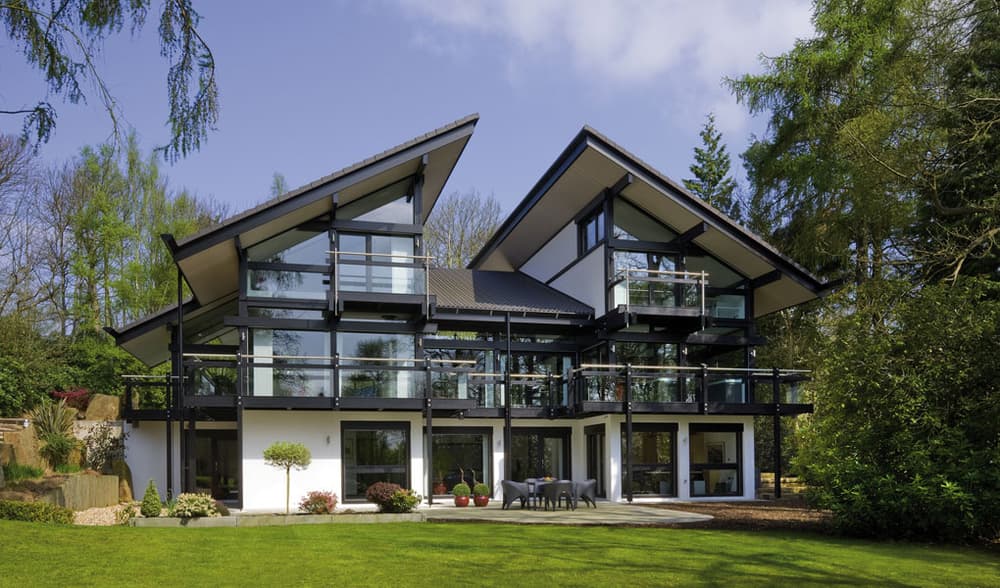
Hot Arid Climate Architecture Design: Strategies for Resilient Homes
In regions characterized by hot arid climates, architecture plays a crucial role in ensuring comfortable and sustainable living. Designing homes in such environments requires a deep understanding of the local climate and innovative strategies to mitigate the extreme weather conditions. This article delves into the hot arid climate architecture design and explores various approaches that make homes resilient and energy-efficient.

Understanding Hot Arid Climates
Hot arid climates are typically found in desert regions where temperatures can soar during the day and drop drastically at night. These areas often experience low humidity and minimal rainfall, making water conservation a priority. Designing buildings in such climates requires special considerations to ensure thermal comfort and sustainability.
Key Characteristics
Some defining features of hot arid climates include:
- High daytime temperatures
- Significant temperature fluctuations between day and night
- Low humidity levels
- Scarce rainfall
Principles of Hot Arid Climate Architecture Design
When designing for hot arid environments, architects and builders must employ strategies that enhance thermal comfort and reduce energy consumption.
Passive Cooling Techniques
One of the most effective ways to achieve comfort in hot climates is through passive cooling. This approach minimizes the use of mechanical air conditioning by utilizing natural ventilation and shading. According to natural ventilation, buildings can be designed to allow for airflow that cools the interior spaces naturally.
Orientation and Layout
The orientation of a building can significantly affect its thermal performance. By positioning a building to minimize direct sun exposure, especially on east and west facades, architects can reduce heat gain. To learn more about this technique, visit building orientation.
Materials and Construction Techniques
Choosing the right materials is vital in hot arid climate architecture design. Materials with high thermal mass, such as adobe or concrete, can absorb heat during the day and release it at night, balancing temperature fluctuations.
Use of Local and Recycled Materials
Utilizing locally sourced and recycled materials not only reduces environmental impact but also ensures the building is well-suited to the local climate. For further insights, consider exploring recycled materials.
Water Management
Water scarcity is a significant challenge in hot arid regions. Implementing rainwater harvesting systems and using drought-resistant landscaping can help conserve water. Effective water management is a critical component of sustainable architecture.
Innovative Solutions in Modern Architecture
Modern architects are continuously innovating to create homes that are both comfortable and environmentally friendly in hot arid climates.
Green Roofs and Walls
Green roofs and vertical gardens can provide insulation and reduce heat gain. These solutions not only enhance the aesthetic appeal of a building but also contribute to cooling the surrounding environment.
Advanced Insulation Techniques
Improving a building’s insulation is one of the most effective ways to maintain a comfortable indoor temperature without excessive energy use. New materials and techniques are being developed to offer superior insulation properties.
The Role of Technology in Hot Arid Climate Architecture Design
Technology is playing an increasingly vital role in designing and maintaining buildings in hot arid climates.
Smart Home Systems
Smart home technology can optimize energy use by adjusting lighting, heating, and cooling systems based on real-time data. These systems contribute to energy efficiency and enhance the overall comfort of the home.
Renewable Energy Integration
Solar panels and other renewable energy sources are particularly effective in hot arid regions due to the abundance of sunlight. Integrating these technologies can significantly reduce a building’s carbon footprint.
Challenges and Opportunities
While designing for hot arid climates poses challenges, it also offers opportunities for innovation and sustainability.
Environmental and Economic Considerations
Balancing environmental impact with economic viability is a crucial consideration for architects and builders. Sustainable design can lead to cost savings over time, despite higher initial investments.
Community Involvement
Engaging local communities in the design process ensures that buildings meet the needs of residents and reflect cultural values. Community involvement can lead to more sustainable and successful projects.
Looking to the Future
As technology and design practices continue to evolve, the future of hot arid climate architecture design looks promising. Innovations in materials, technology, and design methodologies are paving the way for more resilient and sustainable homes.
For more insights into sustainable architecture, visit sustainable housing.

FAQ
What are the main challenges of designing in hot arid climates?
Designing in hot arid climates involves addressing extreme temperatures, water scarcity, and energy efficiency. These challenges require innovative solutions and a deep understanding of the local environment.
How can passive cooling be implemented in home design?
Passive cooling can be achieved through strategic building orientation, natural ventilation, and the use of materials with high thermal mass to regulate indoor temperatures naturally.
Why is community involvement important in architectural design?
Community involvement ensures that designs meet the needs and cultural values of local residents, leading to more successful and sustainable projects.
This article contains affiliate links. We may earn a commission at no extra cost to you.